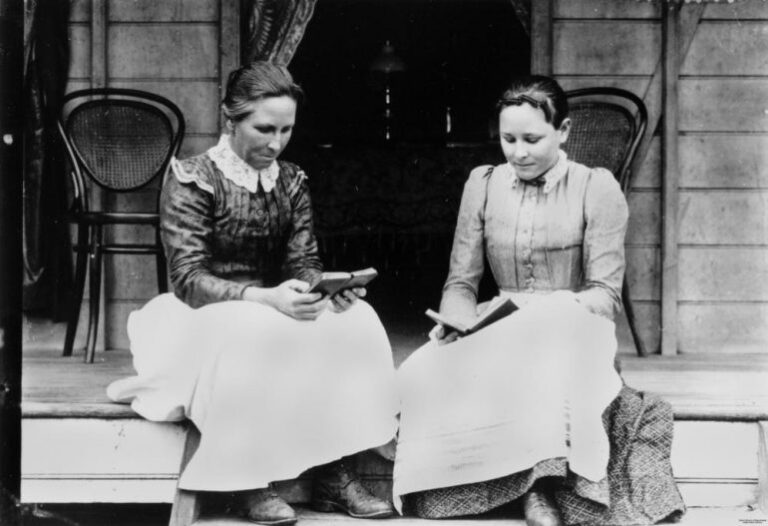Literary Blueprints: The Wise Fool
After meeting Gothic characters the Byronic Hero and the Mad Woman, the time has come to visit periods before Romanticism in discovering a popular character known as The Wise Fool.
Origin Story: The idea of the Wise Fool is somewhat hard to trace. Unlike some other character types, he does not have a clear beginning, but rather a few key moments in literary history where he pops up in some form. Greek and Roman literature both contain examples of the Wise Fool, who often appears as a servant who tricks his master.
Looking at Biblical origins, the idea of the Fool is not someone who is lacking in intelligence, but someone who is a non-believer. The pairing of wisdom and folly perhaps originates in the book of Proverbs, in this case as a set of women, one with worth beyond all things (Wisdom) and one sent to lead men astray (Folly). These foils appear throughout Medieval literature in works such as Chaucer’s Tale of Melibee.
The idea of the Fool was more fully developed during the Middle Ages, although he wisdom will come with the Renaissance. The paradox of the Wise Fool, however, does not fully emerge until the Tudor period, most famously in Shakespeare’s King Lear where his Fool is the true source of wisdom in the play.
Characteristics: The Wise Fool is often literally a fool or jester—a comic character who is present for entertainment rather than intellect. Of course, the character has developed beyond those restrictions. Whatever his occupation, the Wise Fool is an outsider who is not valued for his (or her) intellect. It is there that the Fool is able to source his power. By being free from the standards of society, an outsider in essence, the Fool can observe and comment with few limitations, including mocking the social elite. But, like the cursed Greek prophet Cassandra, the truth of the Fool’s words may be missed by characters who dismiss them as worthless. His wisdom stems not from acquired knowledge but from common sense and insight. In modern literature, the Fool may suffer from some mental handicap which causes him to be perceived as unintelligent; however, he will have an innate gift that fuels his wisdom. The term Idiot Savant may be applied in this case. The Wise Fool can sometimes merge with the Trickster.
Famous Faces: Beginning with the Greeks, Philippus in Xenophon’s Symposium and Thersites in Homer’s Iliad both fill the role of the Wise fool. Shakespeare loved a Wise Fool, as evidenced by Twelfth Night’s Feste and the infamous Falstaff (The Merry Wives of Windsor and Henry IV). Lear’s Fool is so important to this Blueprint that Christopher Moore dedicated two books (Fool and The Serpent of Venice) to the character whom he names Pocket. John Steinbeck plays with the idea of the Idiot Savant with Of Mice and Men’s Lenny. Phillipa Gregory wrote a female Wise Fool in The Queen’s Fool. Harry Potter fans might recognize Luna Lovegood as a Wise Fool, though some argue Ron Weasley better defines the characteristics.



